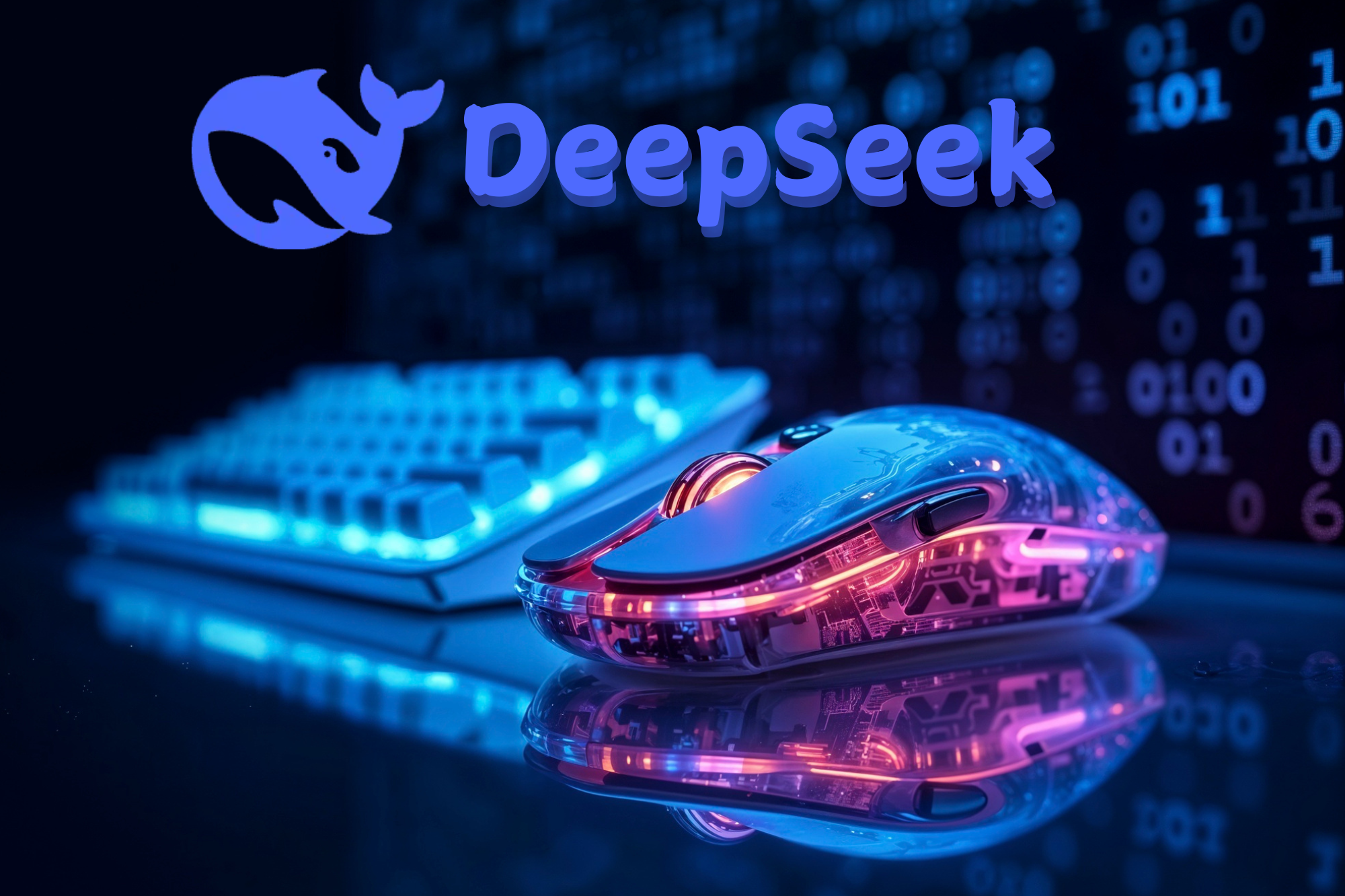What is DeepSeek AI?
Chinese hedge fund manager Liang Wenfeng established DeepSeek in late 2023 as one of many startups exploiting the current artificial intelligence growth market. Liang Wenfeng serves as both a major proponent and an influential investor in AI technology while earning comparisons to Sam Altman of OpenAI. High-Flyer serves as Liang Wenfeng’s main hedge fund while dedicating its resources to develop artificial intelligence technology thus establishing his strong leadership presence in AI.
DeepSeek debuted multiple AI models last year with their V3 release prompting industry fascination though it caused significant backlash because it censored subjects associated with the Chinese government. Since the R1 model launched during the previous year it established itself as a groundbreaking advancement.
The open-source nature of this model caught extensive industry attention because of its exceptional affordability. DeepSeek’s R1 model achieved dominance through an open collaboration platform which allowed business partners to develop and test their own technologies. The DeepSeek app gained massive popularity that exceeded ChatGPT on app store charts while attracting millions of users to the platform.
Why is DeepSeek important?
The computational power behind artificial intelligence runs heavily on electricity and expensive chips while demanding extensive data center infrastructure to support its extensive modeling operations.
The future development of AI will require trillions of dollars according to OpenAI executive Sam Altman while Meta plans to invest $65 billion in AI research during 2024. The competitive AI capabilities coupled with low-cost delivery which DeepSeek offers marks a disruptive transformation throughout the sector.
Founding partner Marc Andreessen of Andreessen Horowitz declared DeepSeek generated “one of the most amazing and impressive advancements” he had ever witnessed. The possibility of attaining next-generation computing technology with less resource spend will transform how businesses work with artificial intelligence while presenting advantages and obstacles for worldwide actors.
Implications for the United States
Advanced restrictions aimed at maintaining American technological supremacy have met challenges from DeepSeek developments because they gave China access to high-end AI computing components. The development accomplishments made by DeepSeek show evidence against the theory that AI leadership can be guaranteed through chip sanctions alone.
Reliability is already generating market shifts on Wall Street. When DeepSeek reported its progress the stock prices of primary tech companies including Nvidia, Meta and Alphabet declined by significant percentages. The premarket decline for major AI chip provider Nvidia reached 12 percent after the announcement. market experts wonder about the value of substantial investment in U.S. tech companies compared to how a more budget-friendly approach from DeepSeek might remake the industry.
The Bigger Picture of DeepSeek AI model
The cutting-edge work performed by DeepSeek produces significant results but several issues persist. The disclosed training costs for R1 model trainings by the company remain undisclosed thus keeping true cost efficiency potential uncertain. Furthermore the R1 model has limited industry capabilities since its focus caters toward consumer needs but scalability for corporate and infrastructure requirements remains uncertain.
The United States maintains substantial advantages in AI development because it has excellent talent resources combined with abundant capital investment opportunities and well-developed infrastructure. According to Giuseppe Sette who leads AI market research firm Reflexivity “The U.S. stands as the most favorable location for the birth of self-evolving AI.”
DeepSeek’s advances demonstrate potential for less expensive AI development yet they underline the continuing worldwide competition among technological manufacturers. The path toward the future for artificial intelligence requires technological innovation together with well-planned financial resource allocation coupled with international partnership.

